The Goodyear WinterCommand Ultra Is a Quiet, Excellent Winter Tire
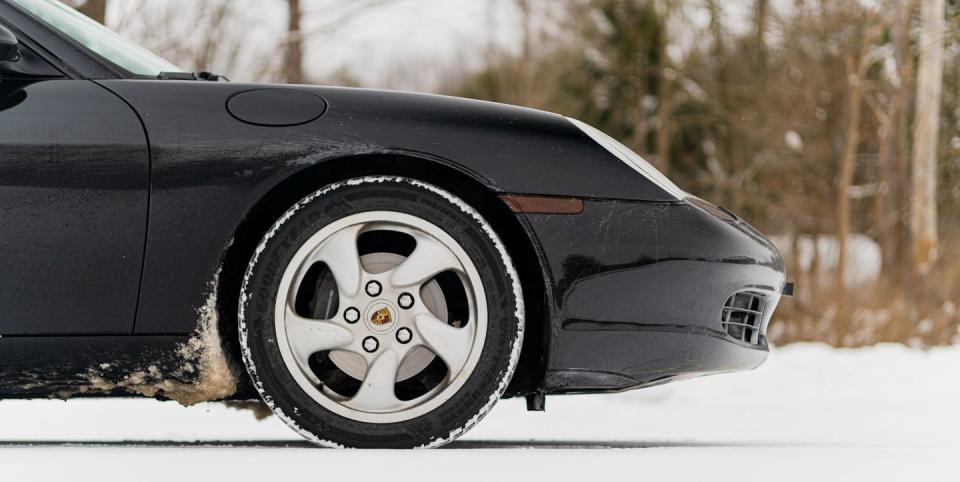
Forget the winter beaters and the all-wheel drive obsession. There are few better cures for cold-weather cabin fever than a sports car on winter tires. So when Goodyear offered me a set of its latest winter tires to review on my new-to-me 2001 Porsche Boxster, I couldn't say no.
The tire, introduced last year, is called the WinterCommand Ultra. Supposedly the Akron, Ohio-based company's best performing winter tire yet, it's available in 53 sizes right now with more on the way. For my Boxster, most official sources recommend a staggered setup, 205/50-R17 up front, 225/45-R17 in the rear. Best practice is to install your winter tires on a separate set of wheels, for ease of swapping and to keep your nice rims away from salt and slush, but I wasn't able to find a set of winter wheels I liked. Regardless, I like the stock look, and the aggressive WinterCommands don't look too absurd on my Turbo Twist wheels.
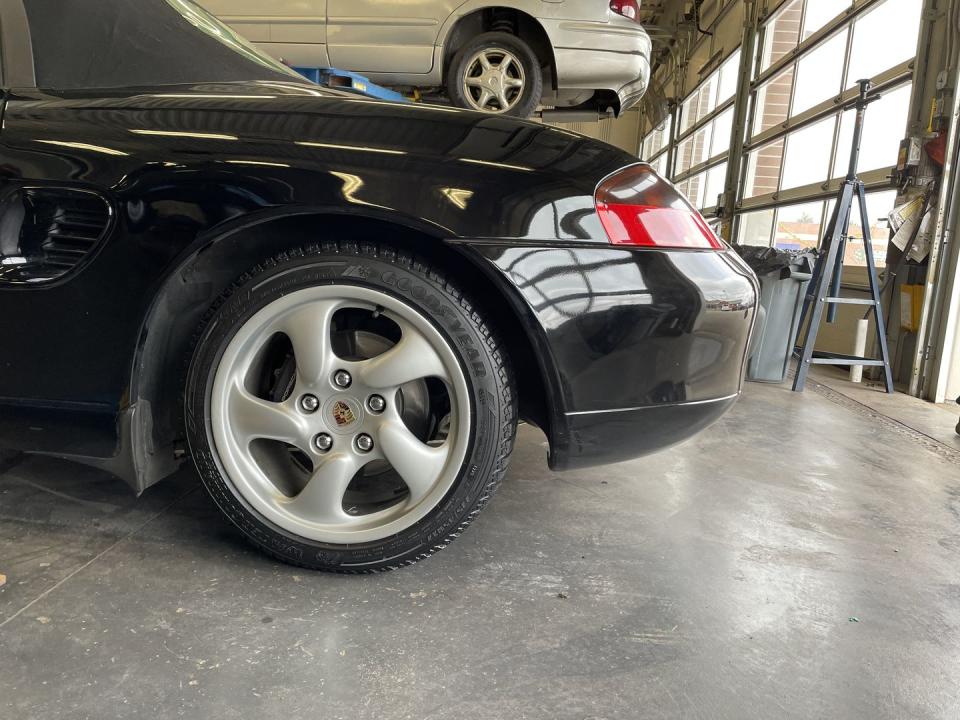
The day I got the tires mounted, it was sunny and above freezing, so my first impression was mixed. As with just about any winter tire, it was immediately apparent that most of my car's steering feel had gone out the window. Even compared to the Continental ExtremeContact all-seasons that were on my Boxster when I bought it—hardly a paragon of tactile refinement—the WinterCommands transmitted significantly less road information to the steering wheel. Bumps, though, became slightly more prominent. Goodyear claims that the WinterCommands offer best-in-class ride quality, and based on what I've experienced with Blizzaks, that definitely seems plausible. Just don't expect them to be pillowy.
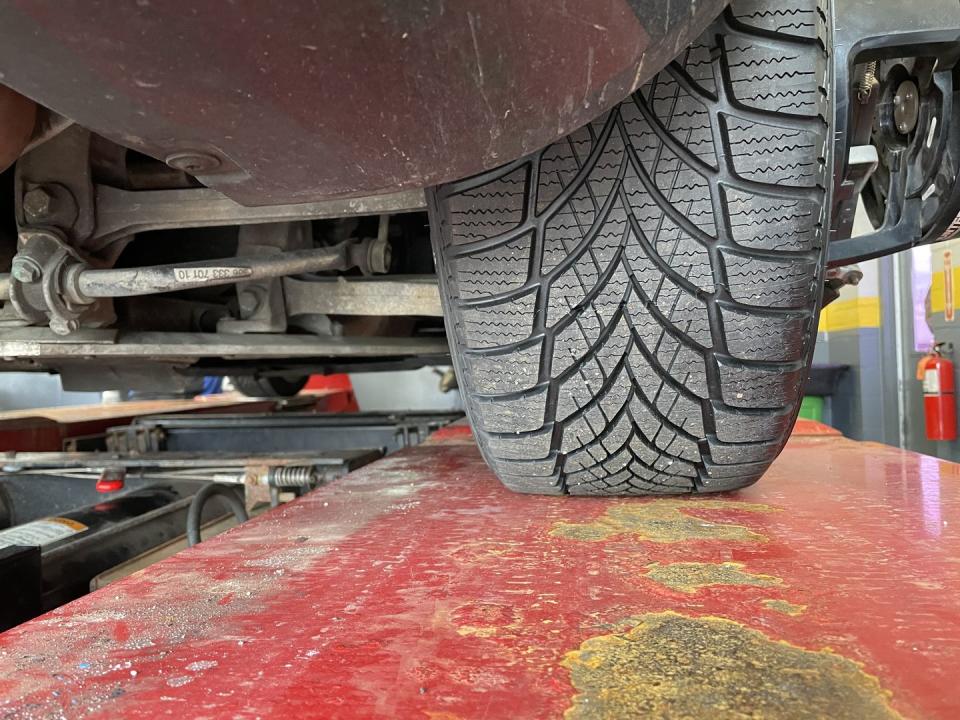
Even in the dry, one huge benefit of the WinterCommand Ultras becomes clear. Something that drives me nuts about Blizzaks and other aggressive winter tires is the increased tread roar. In a small, loud cabin like that of the Boxster, the extra noise can be grating. In my experience so far, the WinterCommands are not noticeably louder than all-seasons. Going by the admittedly less-than-lab-grade decibel meter on my Apple Watch, I measured no detectable increase in sound at 70 mph compared to the ExtremeContacts. That's one downside of winter tires, eliminated.
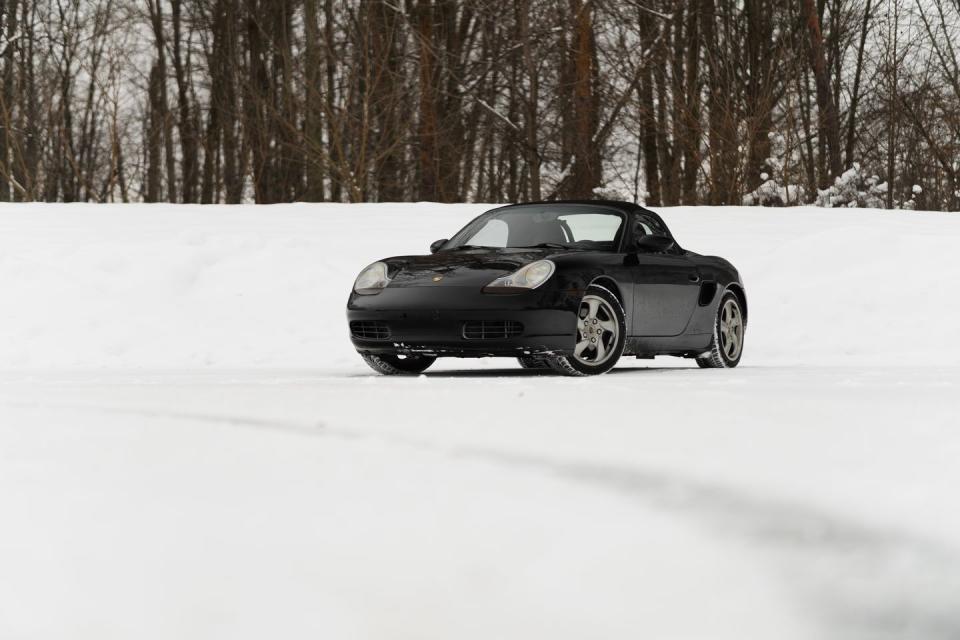
Wet-road traction is another highlight. On a 34-degree day with pouring rain and some sleet on the roads, the WinterCommands delivered probably the best wet-weather, near-freezing performance I've ever experienced. It was tough to unstick the Boxster even with purposeful stabs at the throttle in low-speed cornering. The rubber shoveled away water and found grip pretty much everywhere. I even found a sopping wet parking lot for some extreme tire abuse, cranking the steering wheel and kicking the clutch at 20 mph. Still, my open-differential Boxster was not noticeably easier to slide than it is on dry pavement.
When the snow finally came, the WinterCommands continued to deliver impressive grip. Compared to a new all-wheel-drive BMW X5 I was testing that rode on Pirelli Scorpion Winters, my Boxster felt more unflappable and stable on unplowed Christmas-day roads. There was, naturally, far less grip compared to wet or dry roads, but even with almost a foot of snow on the ground, the Boxster had no trouble stopping, turning, or starting on snow that was packed down by other cars but otherwise uncleared.
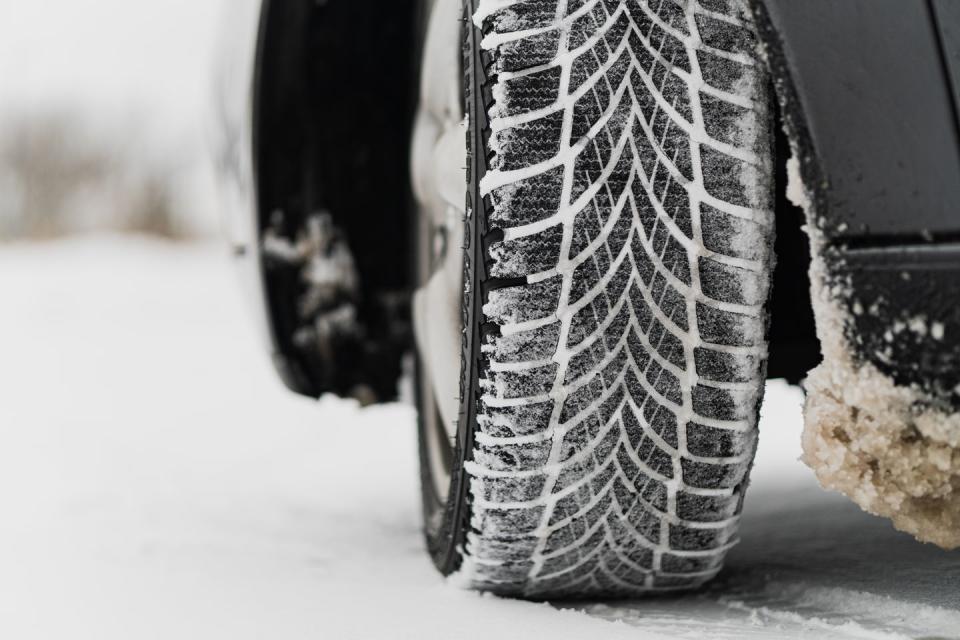
In those conditions, though, I'd hesitate to call them "best-in-class." The WinterCommands are safe and capable in harsh winter weather, but they don't have the totally undisturbed confidence that I've experienced with Bridgestone Blizzaks. With the Goodyears, deep-snow grip is an order of magnitude better than any all-season tire, and better than even the Pirelli Scorpion Winter, but you're still aware that you're operating in dicey conditions.
That's not to say I'd opt for the Blizzaks, though. I'd recommend the Bridgestones to people who live in places with truly treacherous winters, where inches of snow blanket the ground several times a year. As person who splits time between New York City and Cleveland, I only deal with a handful of true snowstorms per year. The WinterCommand Ultras are more than capable of dealing with those, allowing me to easily scoot out of an un-shoveled driveway and safely traverse any road I'd want to. Equally important, they're far quieter than any similar winter tire I've tested, and they're at their best in the slushy, wet, cold conditions that mostly define my winter driving.
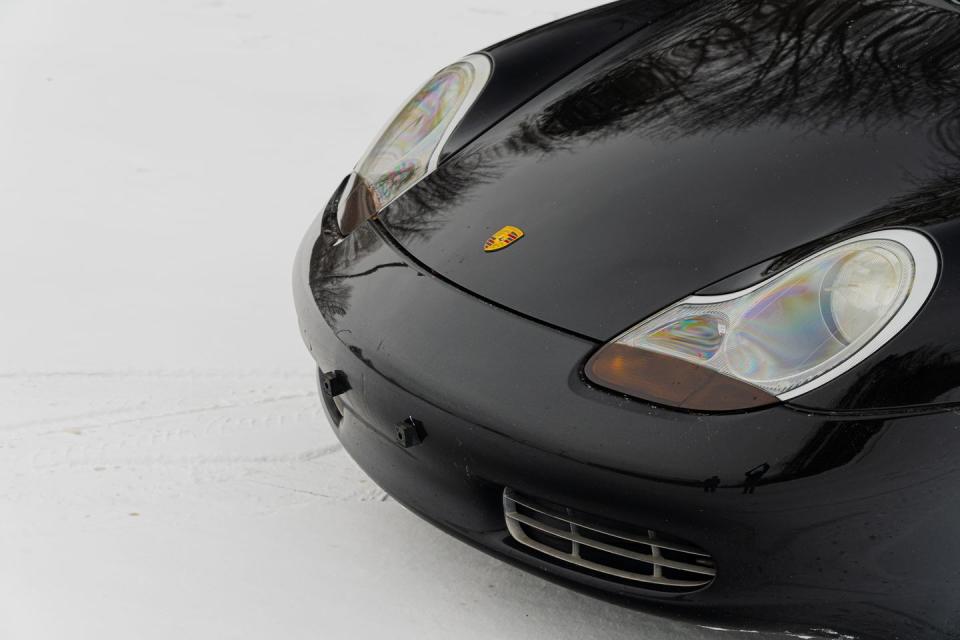
That makes the WinterCommand an excellent tire for people like me, who run dedicated summer performance tires in the warm months, but still want to safely use a rear-wheel-drive car in the winter. It's not just about handling that once-a-winter blizzard, it's also about daily driving on mild days without putting up with major trade-offs in ride quality and noise.
So while I won't say that the WinterCommand Ultra is the best possible tire for the gnarliest winters, it's the most well-balanced winter tire I've tried. And for all but the harshest possible winter climates, it's the one I'd recommend for your daily.
You Might Also Like

 Yahoo Autos
Yahoo Autos 